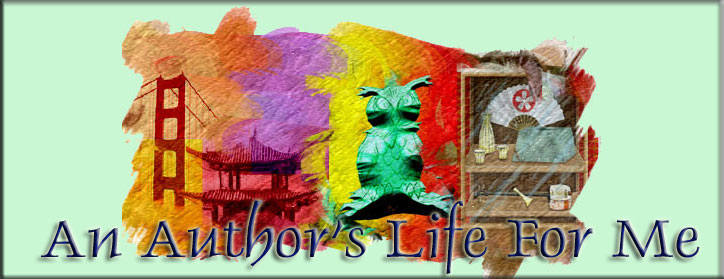
Private Winslow Gibbs has been drafted in 1967 at the height of the Vietnam war. He is out of shape, two-hundred and seventy pounds and a bundle of nerves. He also has issues of a different nature, but in these days before the Don't Ask, Don't Tell policy, these are dealt with in a comparatively simpistic manner.
Welcome to the Special Training Unit of Fort Gordon, Georgia, where the misfits are summarily driven to the inevitable Section 8 and a life of self-doubt and failure - The American Gulag. And then there's Winslow Gibbs, who finds in the pressure cooker something few people do - survival.
Surviving an American Gulag is a full length novel by Edward C. Patterson based on his own experiences at Fort Gordon. It's an eye opener - an untold story that most would prefer remain lost in the remote and arcane archives of baby boomers who have sublemated such experiences into spleen. But not this troop. No, not Private Winslow Gibbs. Never forgotten. Always lurking. Forever defining a generation.
Also included as a bonus with this work is a short piece called A Dime a Dip about the author's grandmother and her fundraising efforts on behalf of thousands of migrant worker children. Coming on or about June 30th. Meanwhile . . .
Excerpt from Surviving an American Gulag
East of the City of Augusta, Georgia, on the banks of the willowed Savannah River, Fort Gordon baked, even in the weak February sun. It was a war year — 1967, and the military installation churned out in its flywheel America’s young men to fight the foes of democracy. From city and country, from swamp and high-rise, from volunteer to draftee, they came; or were brought to learn the art of surviving the enemy, so they could destroy the enemy. Lessons old in the craft, Spartan in the womb and centurion in the stance, spun from the mouths of automaton trainers, who had lived to teach these men how to outstrip death’s ultimatum, or not. It was a fruitful task that promised the fatherland ample scope to keep the war fires ablaze.
Fort Gordon, sparse and nearly treeless, except for the occasional copse left to piss on when the authorities were back-turned, was divided into three parts. The permanent corps lived in neatly trimmed greenery, as posh as the Augustan golf courses that flanked the river. Here the officers and their families, and anyone tarred and feathered to be here, made the best of the apparent sameness of a military post and its redundant accommodations.
The training grounds however, were regimental barracks, each two stories high — wooden, cookie cutter, and coal furnace stoked, arrayed in groups of four – Alpha, Bravo, Charlie and Delta. Each array stood adjacent to three, rubber-stamped, squat shanties — a mess hall, a quartermaster’s hut and a commander’s office (the Top’s shack). A small Physical Training course (PT for short) and drill field flanked each training unit, completing the suite; that, and a flagpole. Twenty-four such training units arrayed around a vast parade ground, cuffed by a Post Exchange, a stockade, a motor pool, a chapel and a utility building. A troop churner, indeed.
Finally, there was the wilderness — a camp run-a-muck spread for miles over hill and dale, hard baked in the red Georgia clay beneath the tyrant southern sun. Here the trails were cruel and steeply designed for torment. Here stood the rifle ranges, the confidence courses, the gas warfare shack, the grenade toss, and that terror called the Infiltration course. No matter how much stamina was stored in a man’s gut, the wilderness could pummel it to dust. Those that survived were real men — shaped from longhaired hippies and poor gas pumpers and scrappy street punks and marginal college students, to arise to the standards of war.
Fortune always touted such brigades, but fortune never counted upon failure. That wasn’t prescribed in directives; those official brassy memoranda that shaped all recruits uniformly. What about short falls from the standard? What about those who yearned for home, to be away from the sterile dust bowl of the twenty-four training units. What about the disobedient, the malingerers and the fags? Not covered by instruction until . . . until the focus falls to a far away flank; to an isolated zone — a twenty-fifth unit, whispered about during smoke breaks and mess hall gossip and other such prattling. A place as mythic to the troops as Purgatory and certainly conjured up to make all soldiers toe the line. Yet, every now and then a soldier could look down the road toward that isolation zone and see it; yet, not see it, because it was hidden in plain sight. Still, occasionally at roll call or at evening muster, a fellow troop would be missing, and yet no drill sergeant hysterics accompanied the disappearance. There was just a dash in the line, one closed up by a dress-right and an at-ease. Brief puzzlement. A shrug, and then on to the tortures of the day until, within a few hours, perhaps less, that soldier’s name was forgotten — red Georgia dust in the wind, hidden in plain sight.
copyright 2008, Edward C. Patterson
 Available in Paperback or
Available in Paperback or

